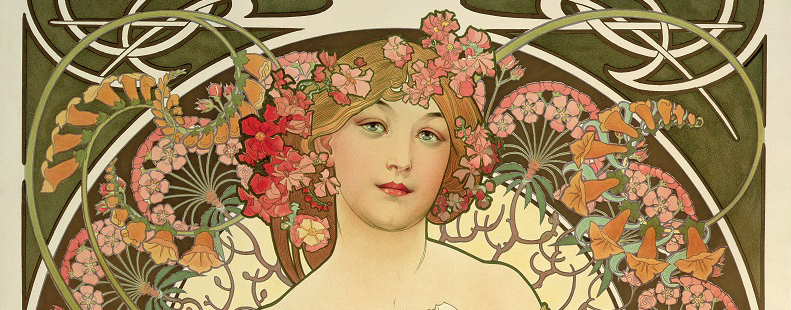A+A’s discussion about the siting of the new pavilion at the Kimbell Art Museum in Fort Worth, with author, architect and professor Robert McCarter, concludes today:
What have we lost and gained with the placement of the new pavilion?
What has been lost is Kahn’s intended relation of the museum and its approach to the park and trees, a change for the worse which is the direct result of putting the addition in the park to the west, rather than on the sites to the east that were given in the original commission. This western site for the addition necessitates a frontal, symmetrical “confrontation” between the new addition and the original Kimbell. Building the addition on the park site was a terrible mistake, and it is my opinion that the experience of the Kimbell Museum, in which Kahn’s approach sequence, and the view to the park from the interior, plays the most critically important part, is now irreparably damaged.
We are now forced to approach the museum from the west, not from the north or south as Kahn intended. It has been suggested that the new approach from the garage to the west helps reinforce Kahn’s reading of the Kimbell “front” being on the west side, but this is simply not true. Kahn never intended people to approach from the west, and certainly not from another building. Nothing whatsoever has been gained by the placement of the addition in the park to the west, and the parallel destruction of the park and trees that Kahn designed as an integral part of the experience of both entering and being inside the museum.
Have you seen and experienced the new building?
The architectural qualities of the Piano addition are entirely beside the point, and I will not discuss them. If there are nice galleries inside the addition, the fact remains that those galleries, and the addition they are in, could have been built on the Kimbell-owned site to the southwest, and thus co-existed with the original park and trees. There was never a need to choose between the park and the addition; this was an invented problem, and is the opposite of what I would argue architects must do, which is to find a way to do the right thing, to do what is appropriate, however difficult that proves to be, and however long it takes.
Kahn’s idealized entry sequence to the Kimbell, and its relation to the landscape, park and trees, all of which is now lost forever, will continue to exist in my and other earlier visitor’s memories, for it was a very powerful and moving experience. But, for those who have never visited the Kimbell, such as my students, what Kahn intended them to find there is something they will never experience; “The sins of architects are permanent sins.”
[slideshow id=1075]

